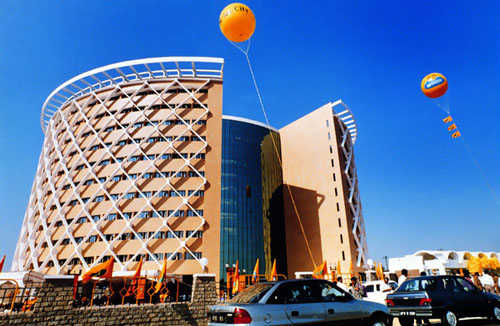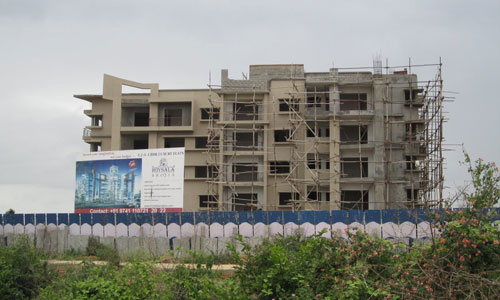
Real estate developers fulfilling government role against odds
Isn’t it ironical that real estate developers are getting into the role of the government in providing housing & infrastructure and still getting the flak?

Isn’t it ironical that real estate developers are getting into the role of the government in providing housing & infrastructure and still getting the flak?

Track2Realty: The daily papers are replete with complaints by buyers who had been led astray or otherwise victimized by fly-by-night developers who specialize in launching small one-off projects and then wash their hands off the project. In a market environment where the exists a high degree of customer awareness with regards to most products, how can this continue to happen?

Track2Realty: Even as the Indian real estate market shifts into the second gear of recovery, developers whose operations had slowed down during the lull are still faced with multiple concerns. On the one hand, the very basis of their business is the launching of new projects (the only function that really defines a developer’s viability as a going concern on the real estate market). On the other hand, it is vital for them to clear piled-up inventory in order to generate capital and enable clearances for new projects.

Track2Realty:The Andhra Pradesh Real Estate

Track2Realty: The Punjab Deputy Chief Minister Sukhbir Singh Badal showcased on Saturday, Nov 17, prime urban land under the possession of Punjab Government to 137 international and national Real Estate Developers, who assembled in Mumbai under the aegis of Confederation of Real Estate Developers’ Association of India (CREDAI) in a convention organized by them, Punjab land of opportunities.

Despite the market slowdown and high competitiveness among the ‘Big Boys’ in the Indian residential real estate business, smaller builders of residential projects can still corner a healthy market share. It is all a matter of knowing which league to play in, and how to play.

The long-pending legislation – Real Estate (Regulation and Development) Bill – that aims to infuse “accountability and transparency” in the realty sector, backed by stringent norms, is out in the public domain.

At a time when there is a mad rush to launch new projects in & around the airports across the cities of India, a developer in Bengaluru opted to go in the diametrically opposite direction. Prima facie, what appeared to be a case of finding a better or affordable land parcel in that given location of South-West Bengaluru had a strategy that very few adopt in the business of Indian real estate. The strategy to define demand through scientific research. The demand in the market was assessed with consumer psychograph study – what consumers want; what they need; where are the gaps; and how a new housing project could fill in that gap.

Equity capital inflows touched USD 8.9 billion between January and September, registering a 46% Y-o-Y growth. The strong momentum in deal volume continued, with about 200 deals reported during this period, compared to 151 deals in the same period last year. The average deal size also increased to nearly USD 45 million in the first nine months of 2024 from about USD 36 million in 2023. Mid-sized deals, ranging between USD 10-50 million, represented 56% of the total investment inflows during this period.

Prices of key materials like steel and aluminum have relatively stabilized in 2024. Rising construction cost has primarily been on account of labour cost surge, at about 25% YoY in the private sector. Volatilities in construction material prices and labour cost pressures are likely to push overall construction cost upward, albeit at a slower pace. Over the last one-year, average cost of construction is estimated to have risen up to 11%, mainly due to a significant surge in labour costs coupled with a moderate price increase in construction materials like sand, brick, glass, wood etc. Notably, the cumulative effect of rise in the prices of four key construction materials including cement, steel, copper and aluminum have been relatively low. In fact, average cement prices have seen a steep decline of 15%, while average steel prices have witnessed a ma
